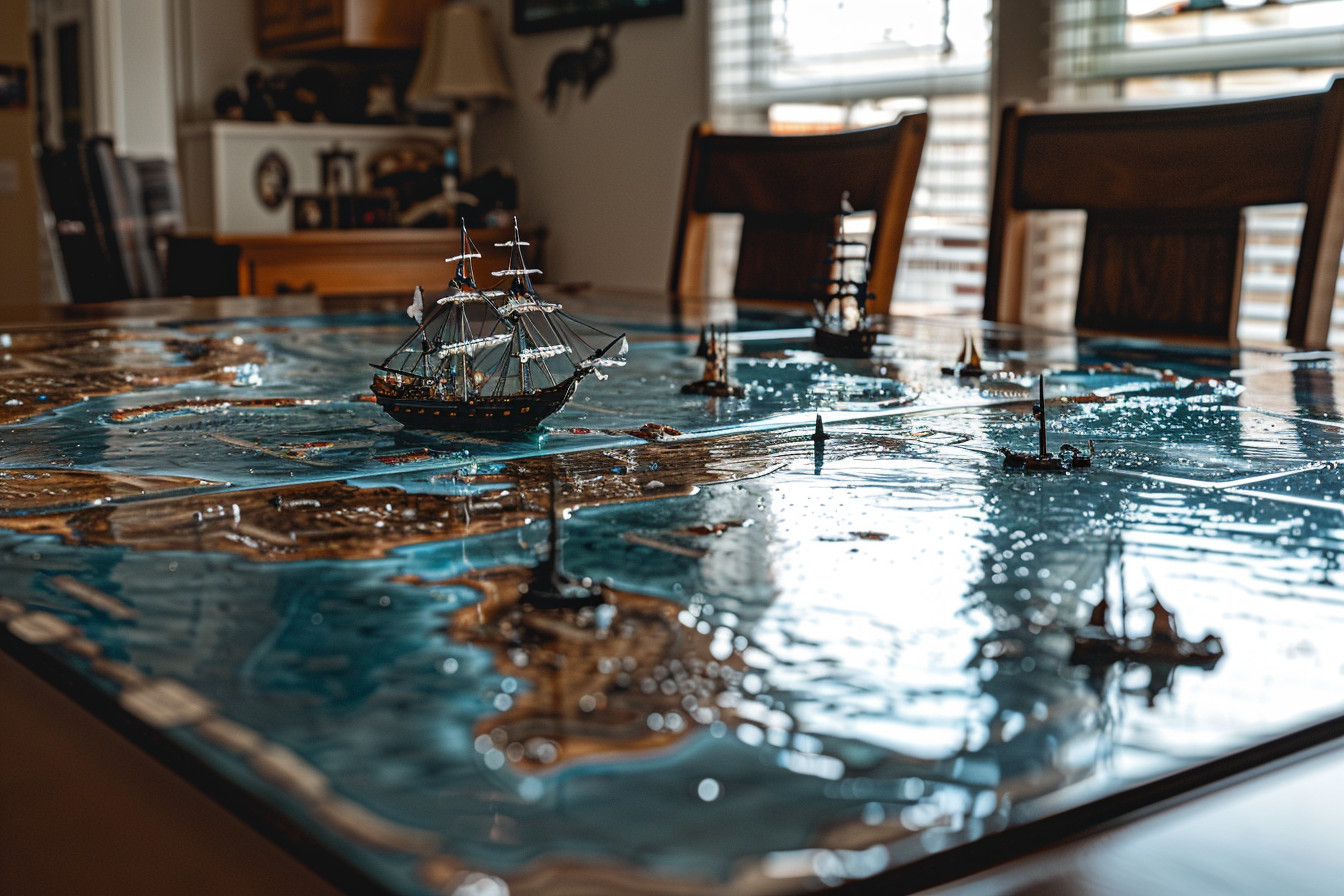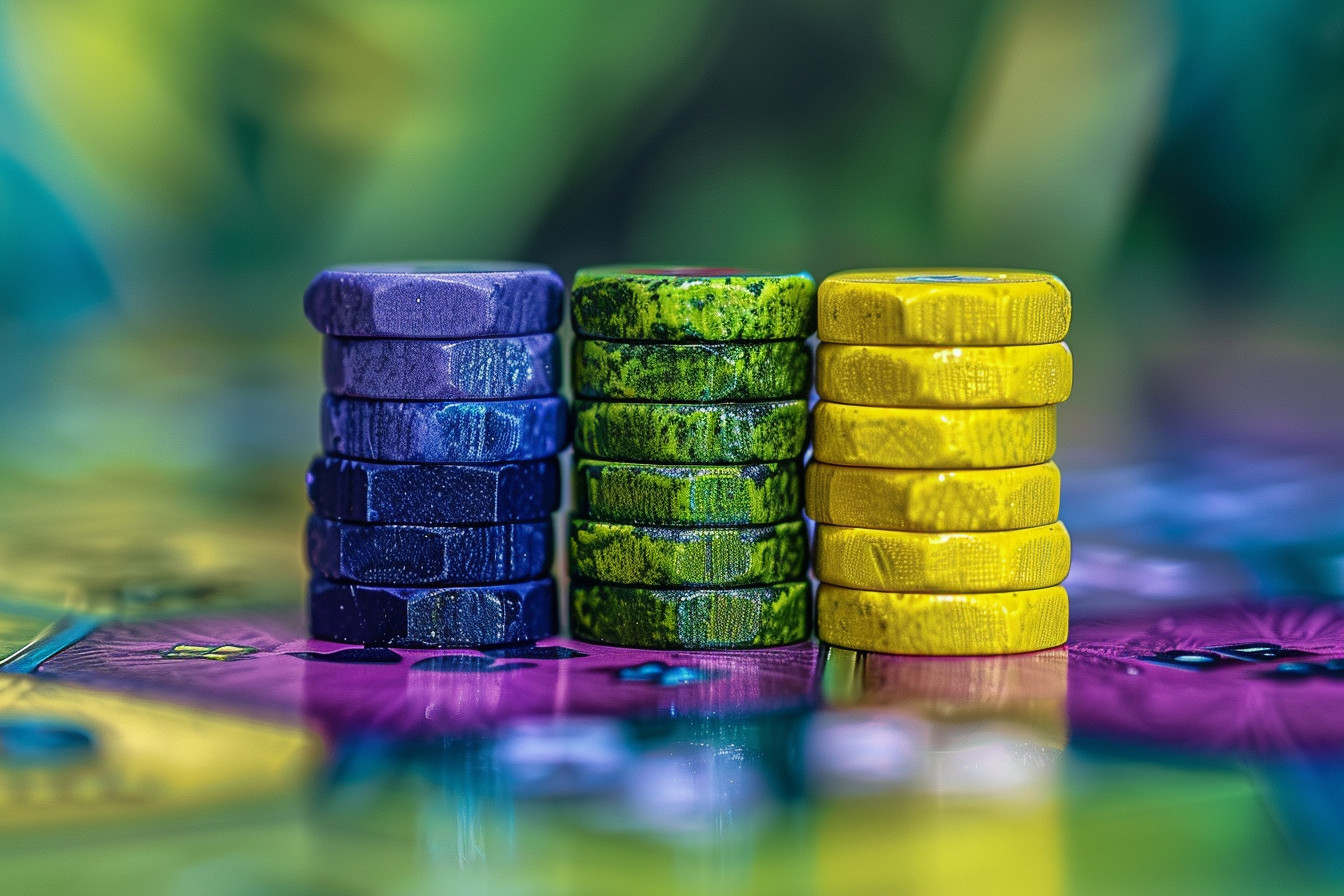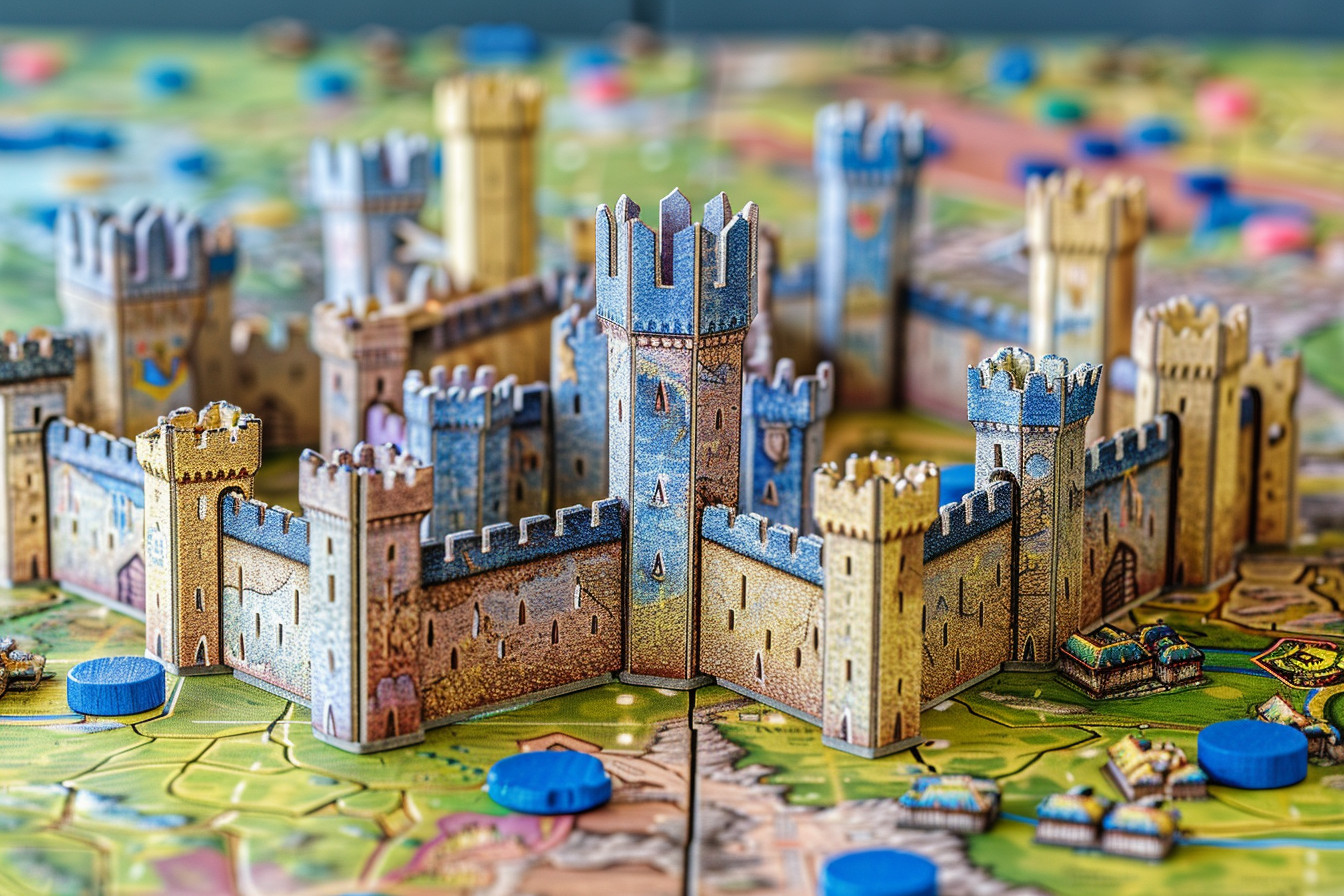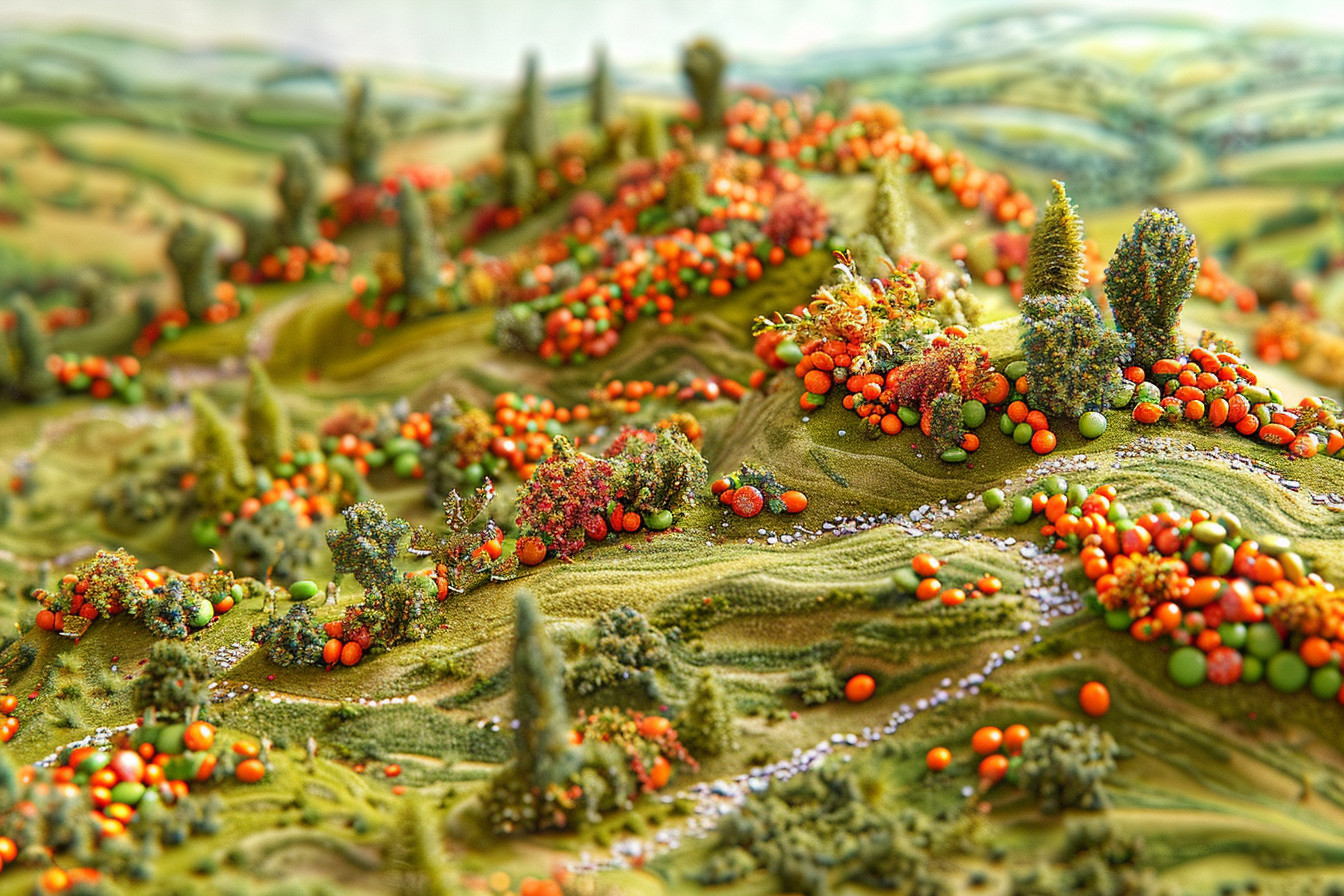R. Eric Reuss designed the board game Spirit Island and Greater Than Games published it. The colonialism that so many games use as a theme takes an unusual twist here. The players take on the role of not just one, but a veritable pantheon of towering land spirits trying to fend off a shared island from a seemingly never-ending stream of settlers. Some look like living flame; others are something like a stone come to life. Still, others are just very, very large shadows. All have unique powers, and all work together. Some have names like “River” or “Lightning”. Others have odd, unpronounceable fantasy names.
I was immediately enchanted by the game for its profoundly integrated theme and intensely foregrounded strategy. The spirits that the players inhabit each have not just their own sheet of cool powers but also a strong sense of identity. You really get a feel for the vital energy of the hulking Earth or the quietly insidious Shadows. From the glossy components to the beautifully illustrated game board, Spirit Island presents as a game crafted with considerable care not just for gameplay but also for aesthetics.
Both the charm and the challenge of this game come from its sophistication. It’s by no means simple, which is also why I probably love it so much. It’s a valid modern criticism of games to expect them to always have some sort of immediate threat; we’ve been conditioned to believe that if you personally can’t do anything to make something harder, then the game is not going to be hard. This game had me sitting on the edge of my seat for a completely different reason: the Spirits can be overwhelmed by the Invaders. The game exists in a state where the next time I’m going to play it, I’ll have just as good of a time as I did before and at the end of a great play session.
Spirit Island can be played over and over again without feeling repetitive. This is accomplished through a wealth of variable content that can be mixed and matched for each setup. The different spirits tend to lend themselves to different strategies, which are also impacted by the specific power cards. Since both the spirits and the powers can be quite different, the strategies are stretched even thinner across that variable content. The game is tough to get good at, especially on higher difficulty levels, but it always feels rewarding when you finally make that island your own.
In the field of cooperative board games, Spirit Island is something special. It’s unusually deep in both mechanics and theme, and it marries those two elements together beautifully. It’s a game of using your wits and also enrobing yourself in the atmosphere. … When all the problems just get too overcooked, the inevitable defeat of the settlers—your enemies—becomes a moment of serene triumph.
Spirit Island is set up through a detailed operation that instantly envelops players in the world of the game. Assembling the game board gives you the sense that you are always on shaky ground. The island is made up of sectioned, modular boards that can be arranged in any number of configurations, depending on how many players you have. After the island is created, players select one of the eight base spirits to play.
Each base spirit has its own abilities and elemental command of the board that makes it unique (more spirits exist in the expansions, but I’ll get to those in a bit). Once the spirits have been selected, players are instructed to set up the invaders on one side of the game board. Populating the invader board is achieved through the explorers, towns, and cities that exist in a preset configuration.
The thematic focus in Spirit Island is very different from most games. You could say that the theme of a game is often window dressing. After all, how much real difference is there between being a group of adventurers wandering around a labyrinth to find some treasure, trading, and fighting with some monsters, and being a tactical police squad here on Earth, fighting a group of “evil” Germans or “evil” Russians? The unique thing about Spirit Island in the 1-4 player co-op game space is that the players are taking on the role of rampant spirits who are trying to defend the land they are on from some encroaching Blight that has started to cause the terrorized natives to not be so worshipful of you, and has made them take up arms.
To sum up, Spirit Island completely immerses players in its world and in its blend of cooperative play and strategic depth. It does everything a good board game should do, and it does it better than most—better than all of those in my top tier except for the games I discussed above. It, too, is a good game to just play; yet at the same time (or, in our case, often on the first play), the game leads our cooperative group to the climactic moments of cooperative play. Those are ridiculously satisfying “game nights.” And that’s why, on the majority of occasions when we’ve had cause to choose, we’ve chosen to play Spirit Island.






